
4 tips for bridging sales, editorial silos for revenue projects
Here’s an idea to steal and adapt: Define your mission, vision and core values with staff.
Almost all of the levers we can pull to improve newsroom performance revolve around the daily work of the staff, which is a newsroom’s greatest resource.

Here’s an idea to steal and adapt: To find common ground, create a plan to share your organization’s goals and values.

Here’s an idea to steal and adapt: Identify micro-goals to support individual and organizational change.
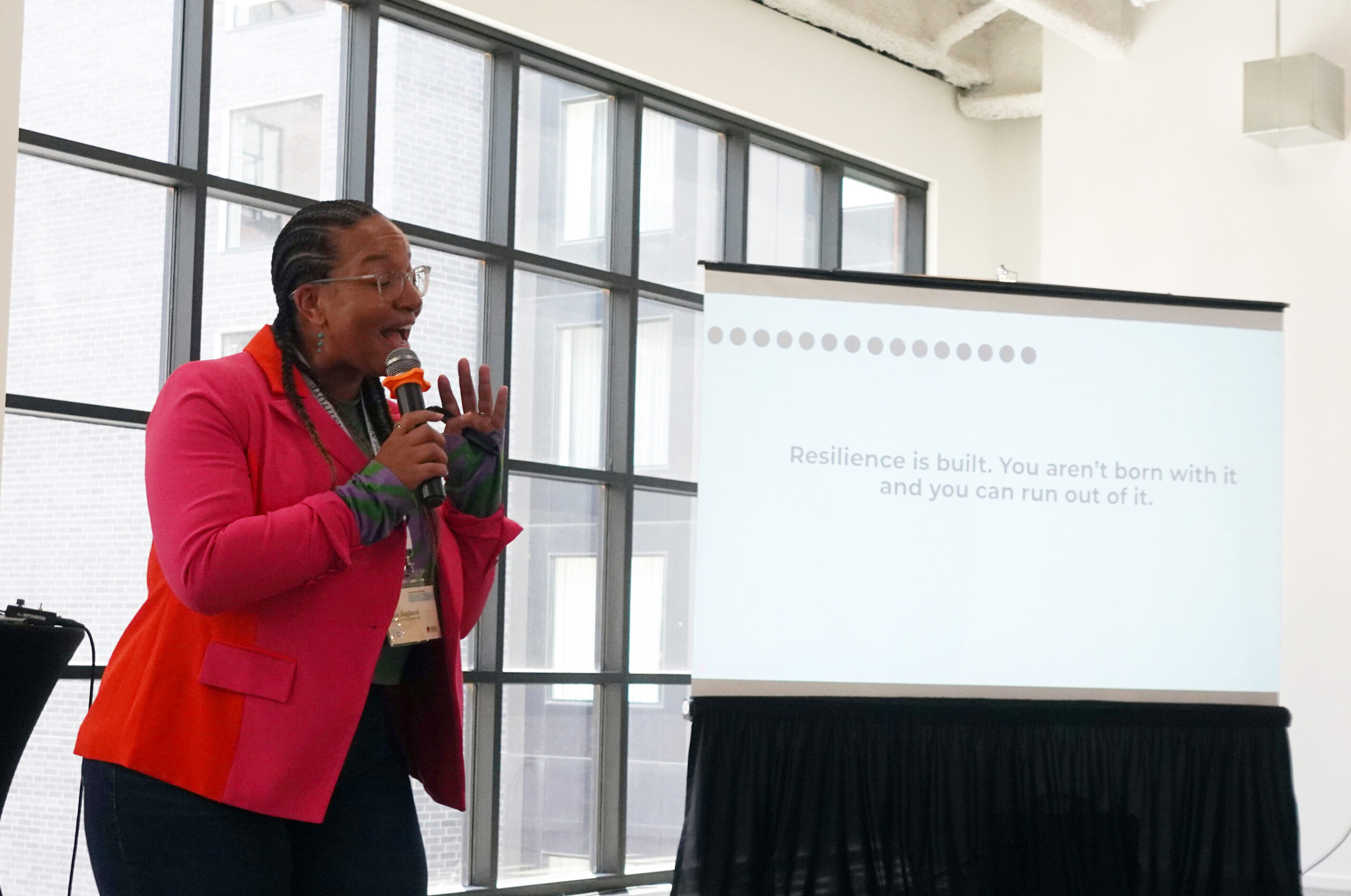
Three news leaders share how they turned high-stakes failures into successes.

This guide offers strategies for managing a redesign, from setting priorities and defining goals to hiring a digital agency.

What are your organization’s gaps in producing and publishing continuously to meet audience needs? Take these assessments to find out.

Use three steps to broaden skills in support of more effective workflows: (1) Define and build the skills required for digital publishing ‘self-sufficiency’ across the newsroom; (2) reposition producers and digitally skilled specialists to help others practice new skills while also being masters of enhanced storytelling and innovators; and (3) think in terms of roles instead of positions while shifting many traditional positions into combinations of roles.
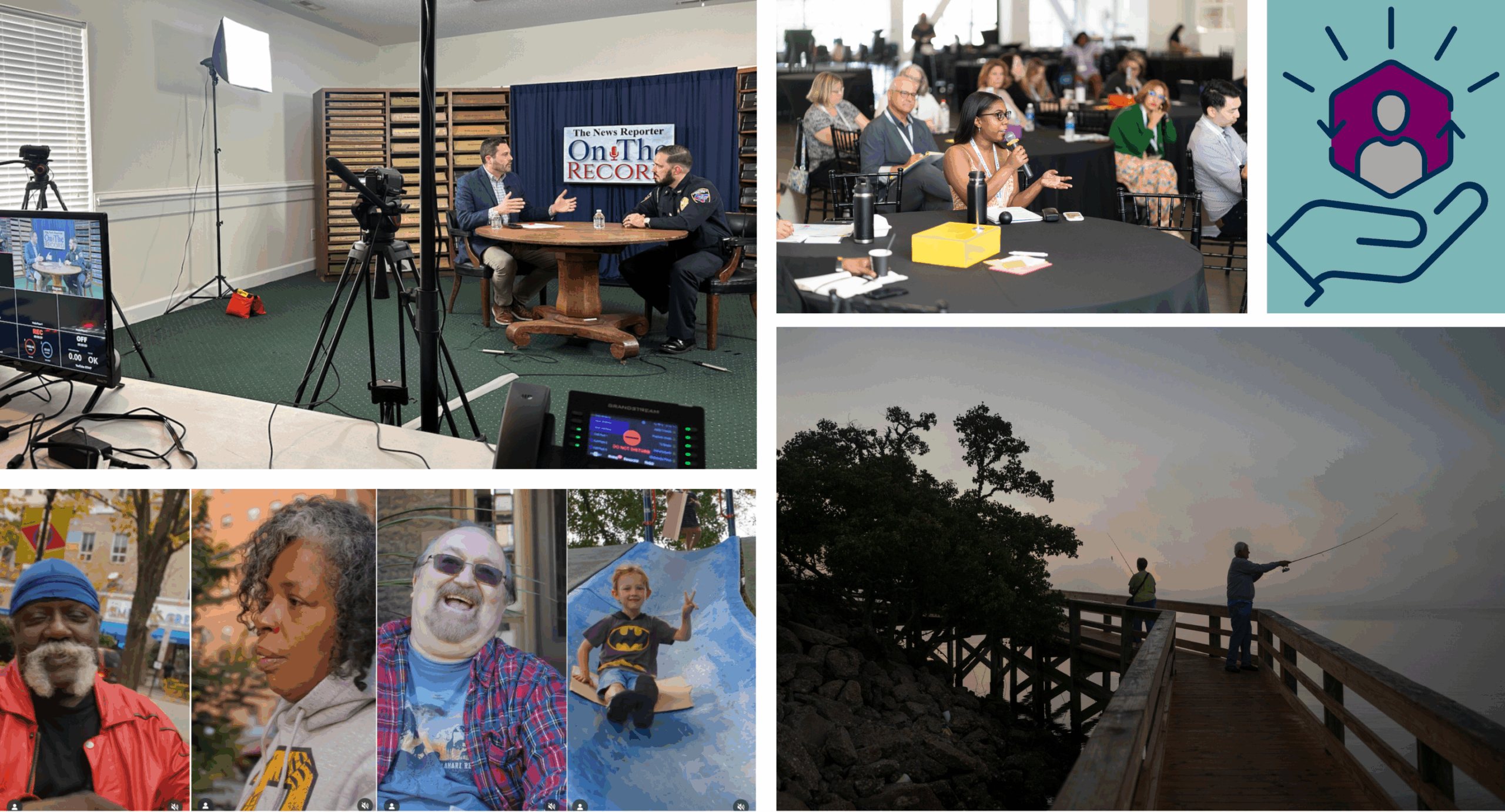
Here are 5 ideas to steal and adapt: From collaborating with creators to revenue experiments you can adapt in your organization, these articles and case studies are the most-viewed in 2025 on BetterNews.org.

Here’s an idea to steal and adapt: Look at unexpected occurrences as opportunities for your projects.
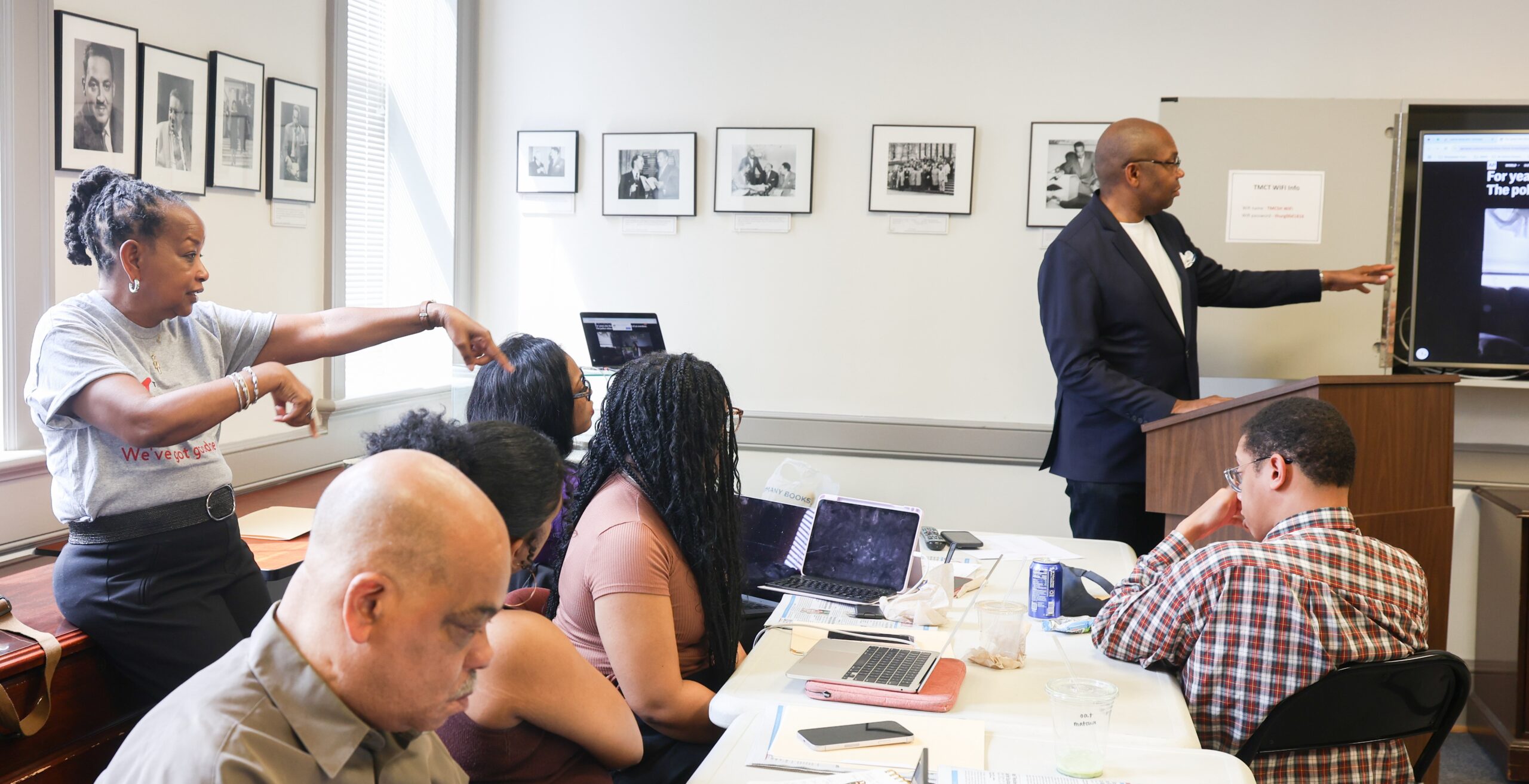
Here are 8 ideas to steal and adapt to encourage connection and collaboration in newsrooms.

Here’s an idea to steal and adapt: When covering devastating news events, prioritize collaboration, explore new ways to tell stories and plan coverage through the recovery.

Here’s an idea to steal and adapt: Sales teams can plan content and pitches along a “communication strategy curve” to help the audience understand your work’s value.

Proven strategies for local media, as tested by news organizations in the Table Stakes Local News Transformation Program
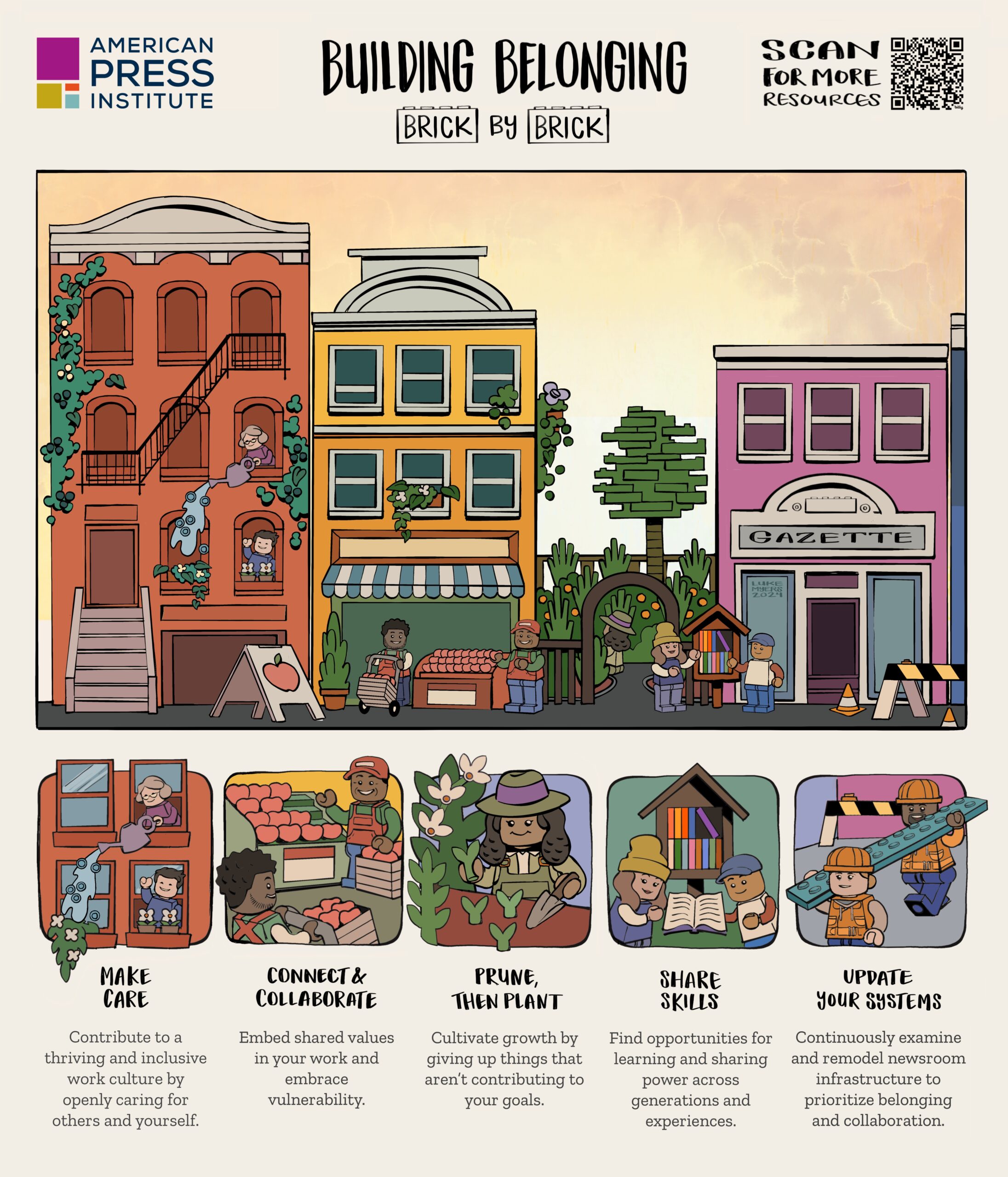
This illustration by Luke Myers captures the top takeaways from the API Local News Summit on Fostering Belonging and Collaboration.
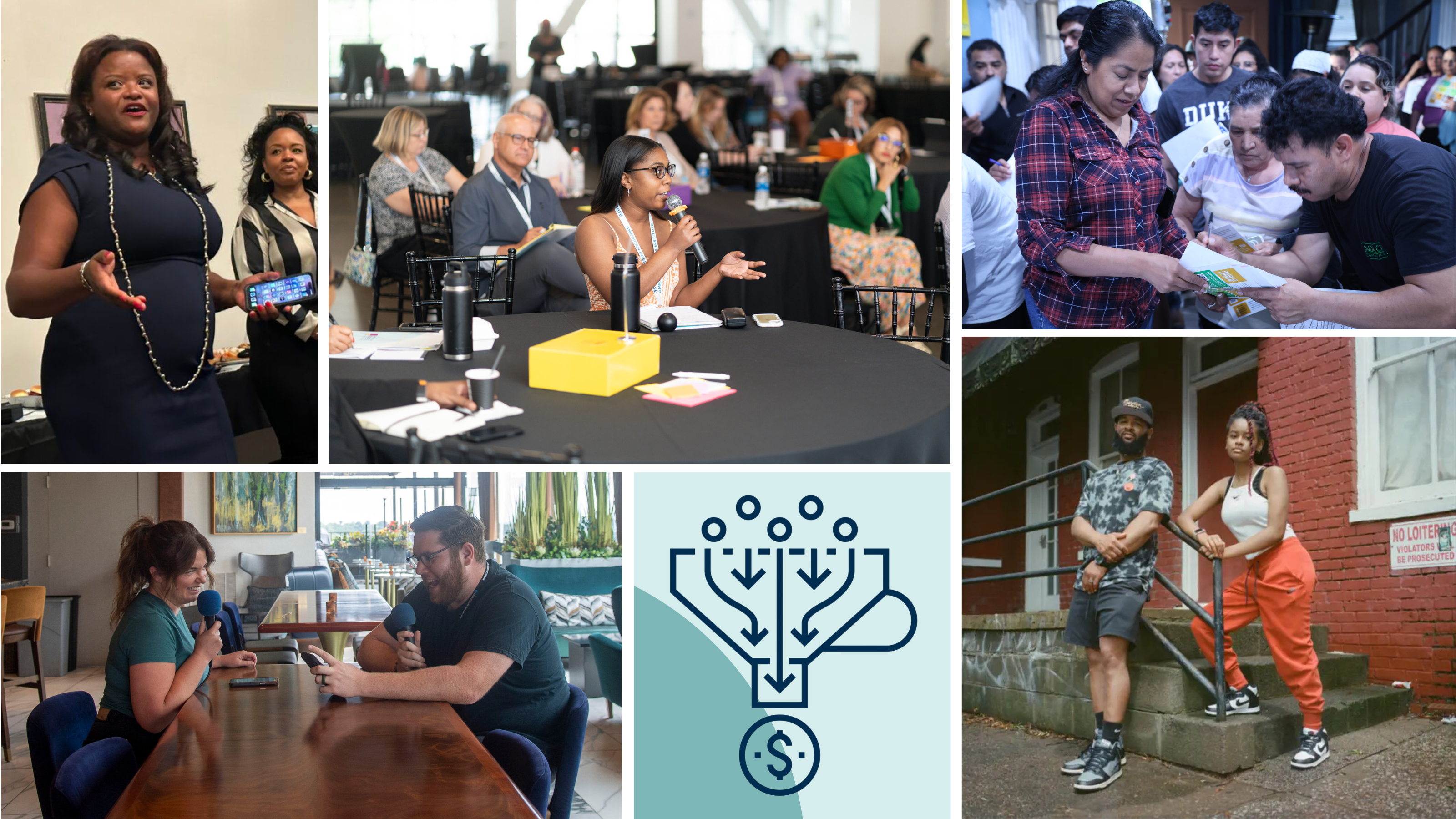
Here are 10 ideas to steal and adapt: From planning live events to tackling the audience funnel, these articles and case studies are the most-viewed in 2024 on BetterNews.org.

Here’s an idea to steal and adapt: Experimenting with local entertainment coverage will surprise and delight your readers — and bring joy to your staff.

Six young reporters talk workplace culture, work/life boundaries and generational differences at their news organizations.

Here are 12 ideas to steal and adapt at your news organizations, from experts outside of journalism spaces.
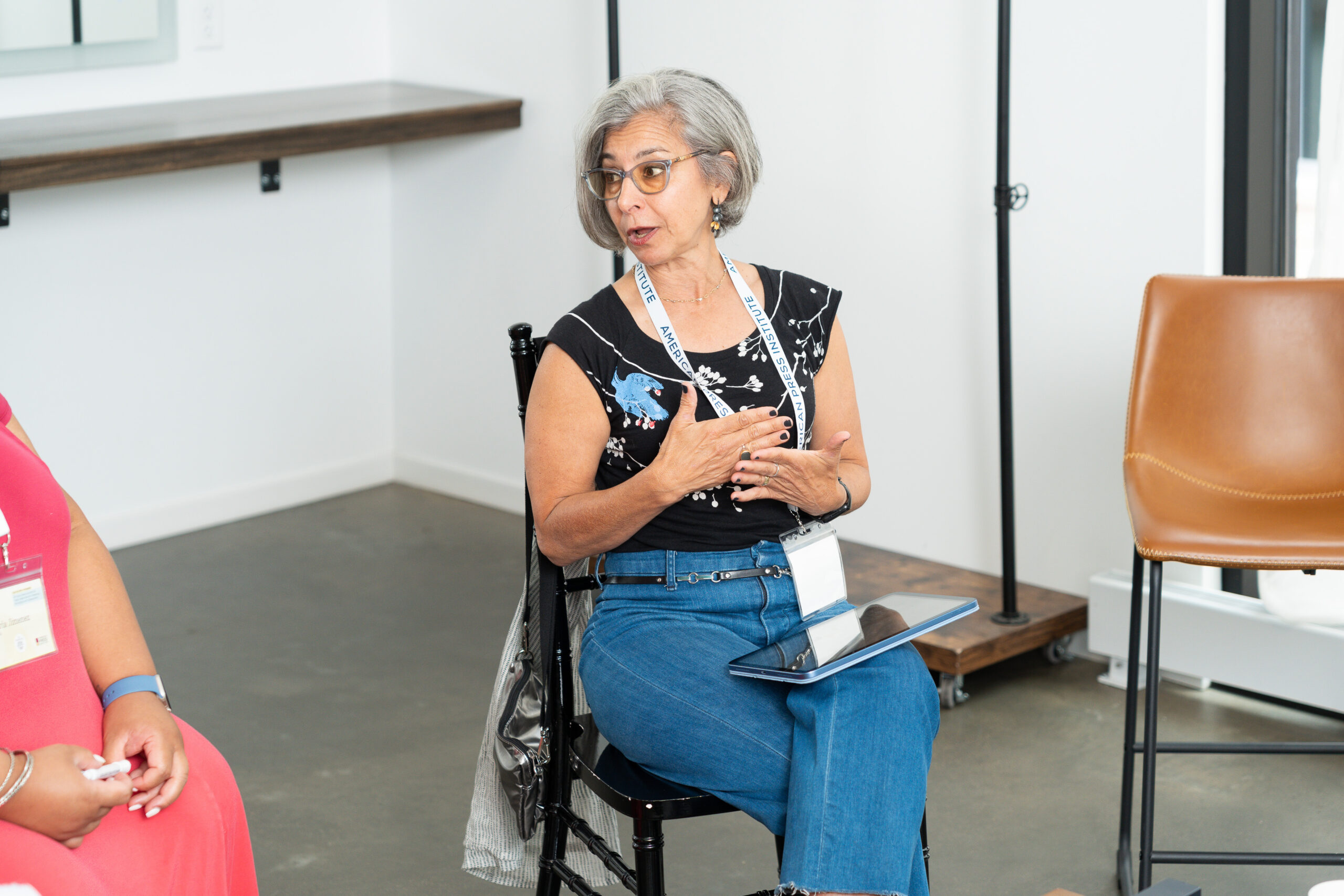
Here’s an idea to steal and adapt: With the possibility of four or five generations working side by side, the workplace may offer the best chance for decreasing generational tension and increasing cross-generational collaboration.
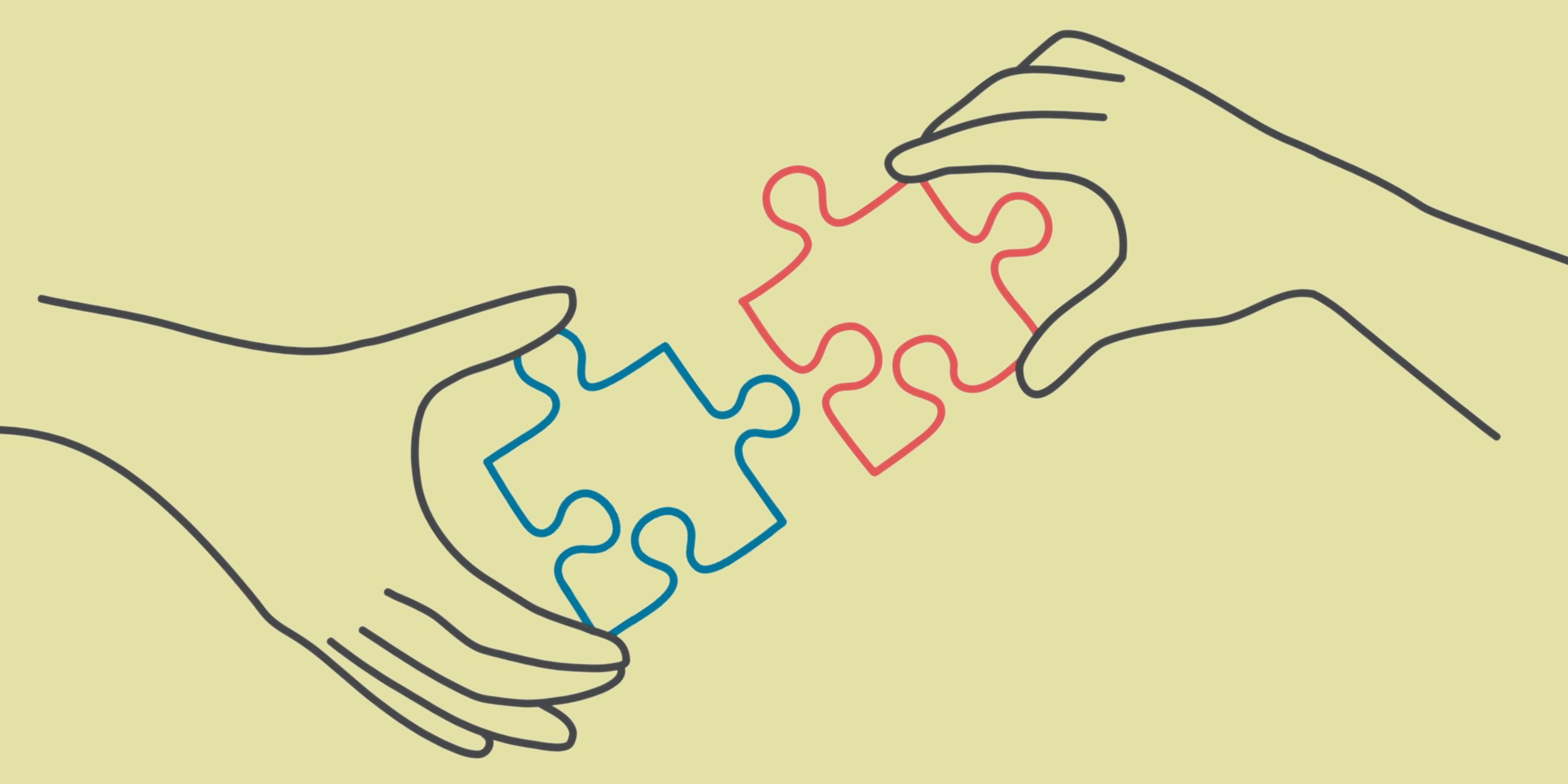
Here are 5 ideas to steal and adapt: Use these tools of performance-driven change to work better together.

Here’s an idea to steal and adapt: Reset your team’s approach to giving feedback on shared work, news coverage and projects.
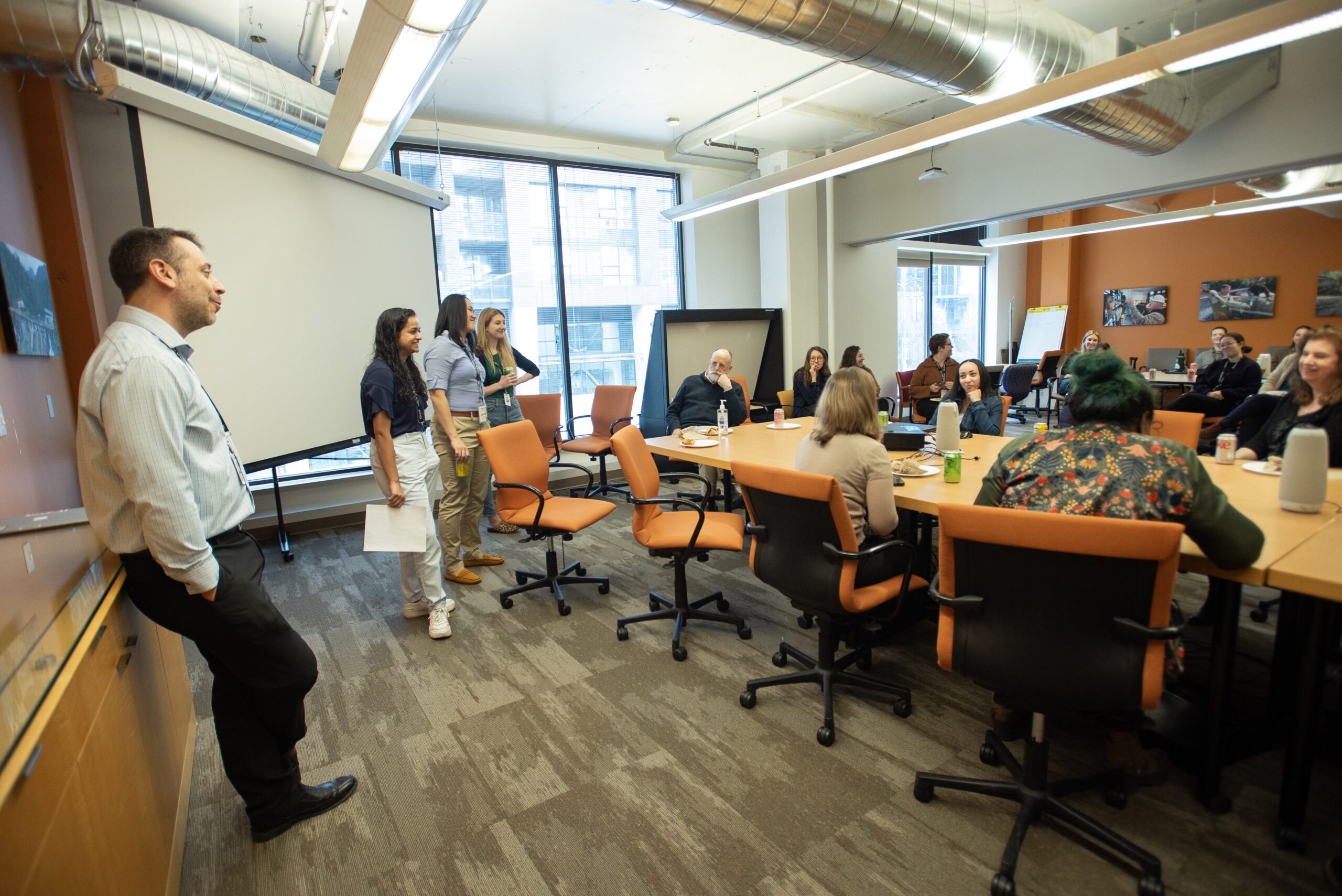
Here’s an idea to steal and adapt: The Seattle Times’ successful newsroom mentorship program boosts staff engagement and contributes to professional development.

Here’s an idea to steal and adapt: Learn how these Table Stakes coaches are advising their teams and what tools they are using to move them toward progress.
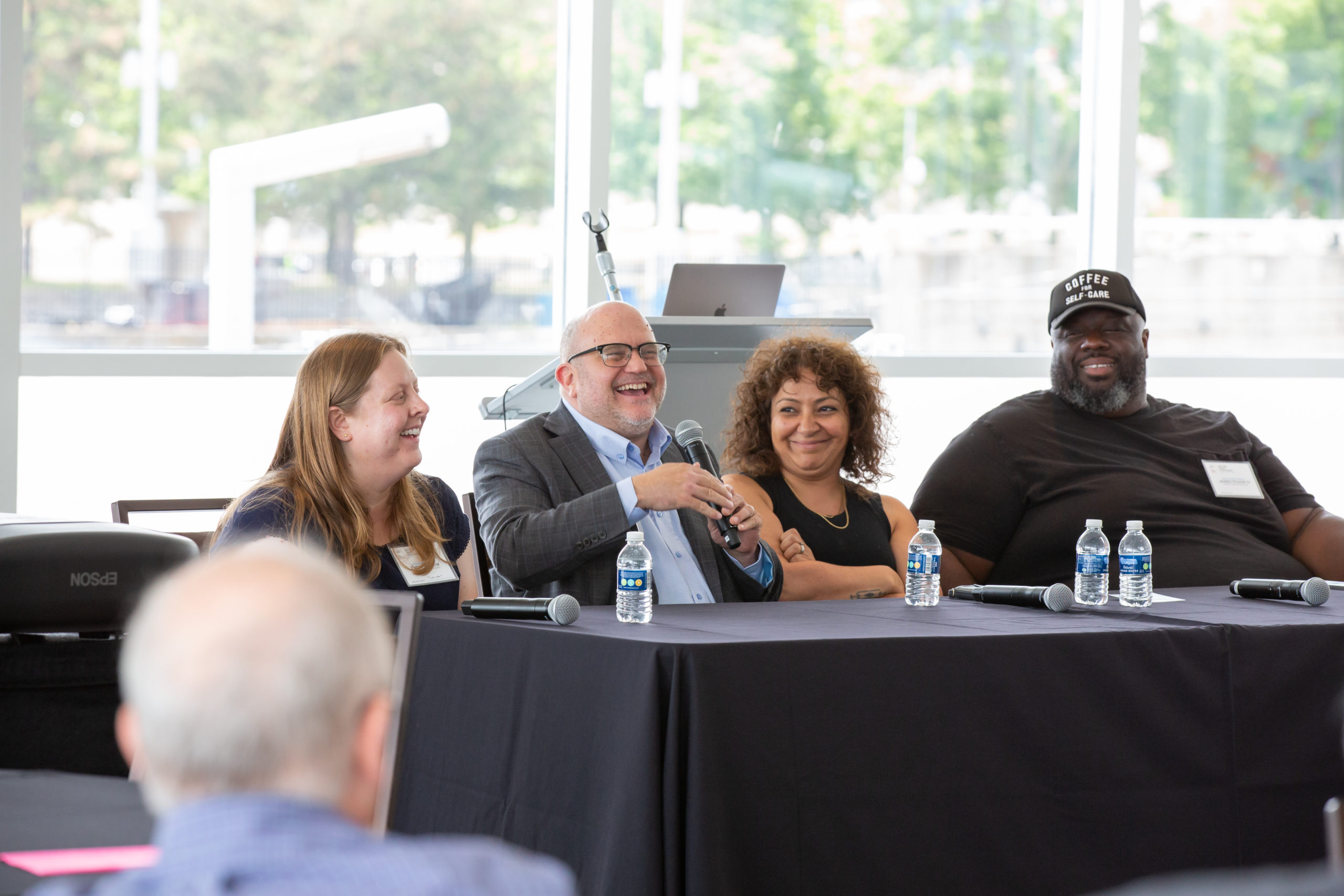
Managing change is hard, especially in depleted news organizations serving communities often suspicious of their work. But it’s not impossible, as these Detroit business leaders explained to a room of local news publishers.

Here’s an idea to steal and adapt: Learn how these Table Stakes coaches are advising their teams and what tools they are using to move them toward progress.

Here are 10 ideas to steal and adapt: From audience-focused initiatives to changing internal systems, these original case studies are the most-viewed in 2022 on BetterNews.org.

The New York Times has created training materials to help its journalists work better with data. You can use them in your newsroom too.

Here’s an idea to steal and adapt: As part of a newsroom reorganization, The Philadelphia Inquirer built an audience development team to support its transition to a digital subscription business. It’s a team anchored by versatility and diversification. We wanted to create a data-informed newsroom (not data-led, as solid news judgment is just as important as ever) to achieve responsible reach and loyalty at scale for its journalism.

Here’s an idea to steal and adapt: The Detroit Free Press found a better way to serve one of its key audience segments — people hungry for coverage of the auto industry — than running a standard serialized project.

Here’s an idea to steal and adapt: The Miami Herald rewrote job descriptions for online producers — turning their role into “growth editors” — and empowered them to work with editors and reporters to focus on audience in assigning, reporting and producing stories.

Here’s an idea to steal and adapt: The Bay Area News Group streamlined communication using Slack by creating three #bigstory channels — announcement, feeds, and logistics. The process simplified how editors and reporters communicate during big, breaking stories. It also created sub-channel threads to keep the conversations separate and easy to follow.

Here’s an idea to steal and adapt: The Dallas Morning News dramatically improved headlines — and their performance — by letting everyone in on the action

Here’s an idea to steal and adapt: Use annual events to experiment with storytelling approaches, form audience/content teams, and stretch resources.

Here’s an idea to steal and adapt: The Milwaukee Journal Sentinel created — and continually updates — a list of newsroom activities that don’t contribute to its audience-centric strategy in an effort to find time and resources to devote to more meaningful tasks.

A crowdsourced list of the most important skills journalists can teach themselves